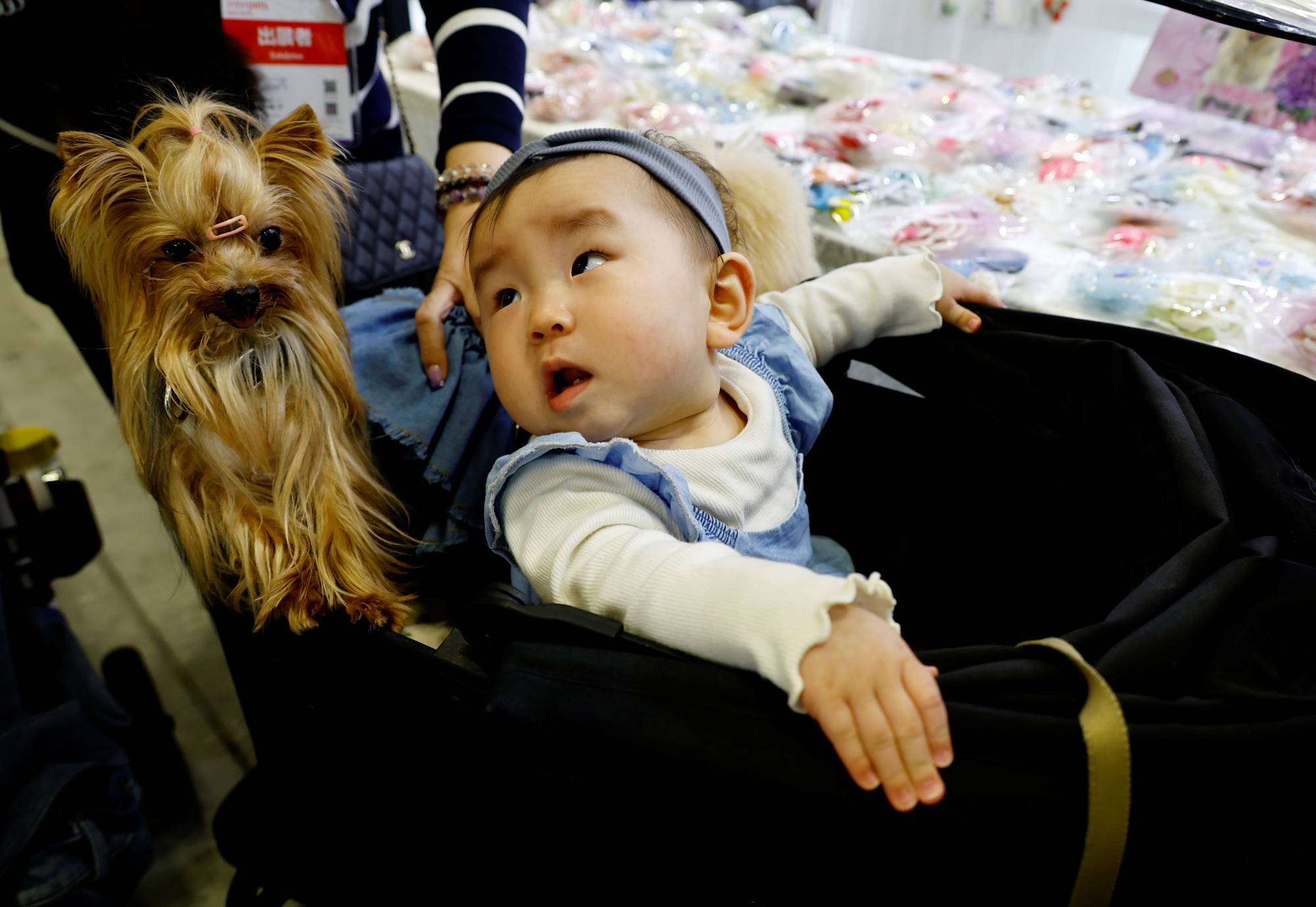Each weekend, clusters of stylish strollers appear throughout Tokyo’s Yoyogi Park as parkgoers and pram-pushers meet friends and take photos. Increasingly, peering out from the strollers are the furry faces of well-groomed dogs.
As birthrates decline across much of East Asia — in Japan, South Korea, Taiwan and China — baby goods firms in these markets are increasingly turning their attention to the pet business, harnessing existing expertise and in-house talent to develop products for animals.
While companies have branched out into pet clothes and car seats, the stroller is perhaps the most visible indicator of the pivot.

















With your current subscription plan you can comment on stories. However, before writing your first comment, please create a display name in the Profile section of your subscriber account page.